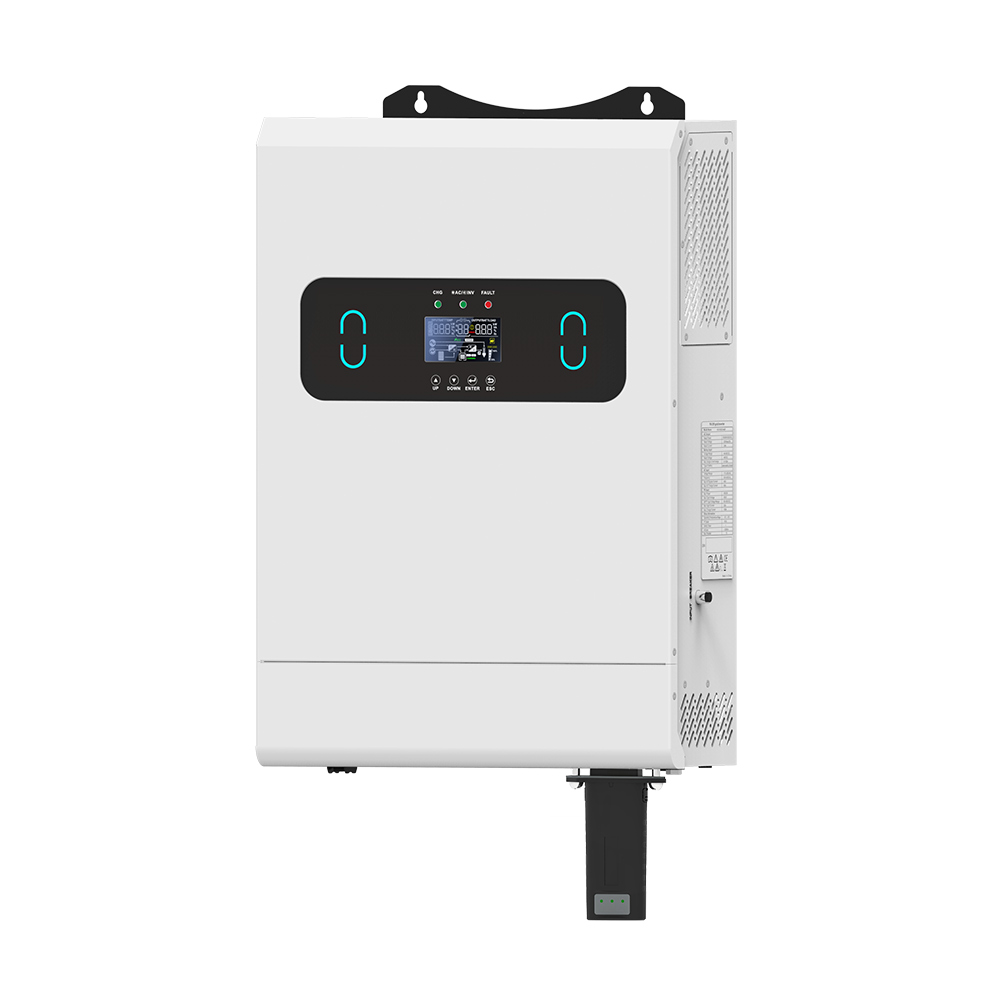Inverters are the silent workhorses behind modern power systems, quietly converting direct current (DC) from batteries or solar panels into usable alternating current (AC) for our homes, businesses, and industrial operations. However, not all inverters are created equal. Choosing the right one can make the difference between an efficient, reliable power setup and a frustrating, underperforming system.
Pure Sine Wave Inverters
Pure sine wave inverters produce AC power that closely mimics the smooth wave shape of grid electricity. This makes them ideal for sensitive electronics, medical equipment, and appliances with AC motors.
Advantages:
- High compatibility with all devices, from laptops to refrigerators.
- Stable power output reduces the risk of overheating or malfunctions.
- Better efficiency with inductive loads like pumps and compressors.
Drawbacks:
- Higher cost compared to other types.
- Slightly lower energy efficiency due to waveform smoothing.
- Best for: Homes, offices, high-end audio equipment, medical devices.
Modified Sine Wave Inverters
These generate a stepped approximation of a sine wave, offering a more budget-friendly alternative to pure sine wave inverters.
Advantages:
- Lower purchase cost.
- Adequate for basic appliances and tools.
Drawbacks:
- Can cause noise or buzzing in audio equipment.
- Reduced efficiency for inductive loads.
- Shorter lifespan for some devices due to rougher waveform.
- Best for: Power tools, lighting, small electronics (not sensitive equipment).
Square Wave Inverters
These produce a simple square-shaped AC signal. While inexpensive, they are largely outdated and rarely used in modern systems.
Advantages:
- Very low cost.
- Simple design and easy to repair.
Drawbacks:
- Poor compatibility with most modern devices.
- Inefficient and can cause overheating.
- Best for: Very basic resistive loads like simple lamps or heating elements.
Grid-Tie Inverters
Designed to connect directly to the public electricity grid, these inverters feed excess solar or wind power back to the utility for credit or compensation.
Advantages:
- Net metering potential for lower energy bills.
- High efficiency for solar systems.
- Eliminates the need for large battery storage.
Drawbacks:
- No backup power during outages unless paired with hybrid systems.
- Requires utility approval and compliance with grid regulations.
- Best for: Home or commercial solar installations connected to the grid.
Off-Grid Inverters
These are designed for standalone systems without a grid connection, typically paired with battery storage.
Advantages:
- Complete energy independence.
- Ideal for remote areas without reliable grid access.
Drawbacks:
- Requires battery maintenance and replacement.
- Higher initial cost due to storage needs.
- Best for: Cabins, RVs, rural homes, and backup power systems.
Hybrid Inverters
Hybrid inverters combine grid-tie capabilities with battery storage control, offering flexibility for both on-grid and off-grid operation.
Advantages:
- Energy storage for use during outages or at night.
- Can optimize energy use based on time-of-day tariffs.
- Works with both solar and the grid.
Drawbacks:
- Higher price point.
- More complex setup and maintenance.
- Best for: Homeowners seeking resilience, flexibility, and efficiency.
Key Takeaway
The right inverter depends on your specific needs, budget, and energy setup. If you need to power sensitive electronics, a pure sine wave inverter is the safest choice. For basic applications on a budget, a modified sine wave inverter might suffice. Meanwhile, hybrid and grid-tie inverters offer the best of both worlds for solar enthusiasts, while off-grid systems remain the go-to for remote, independent living.
































